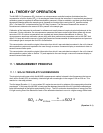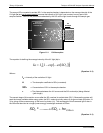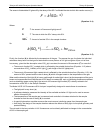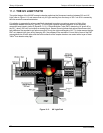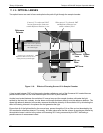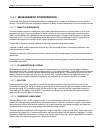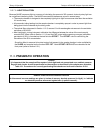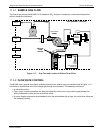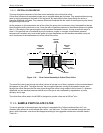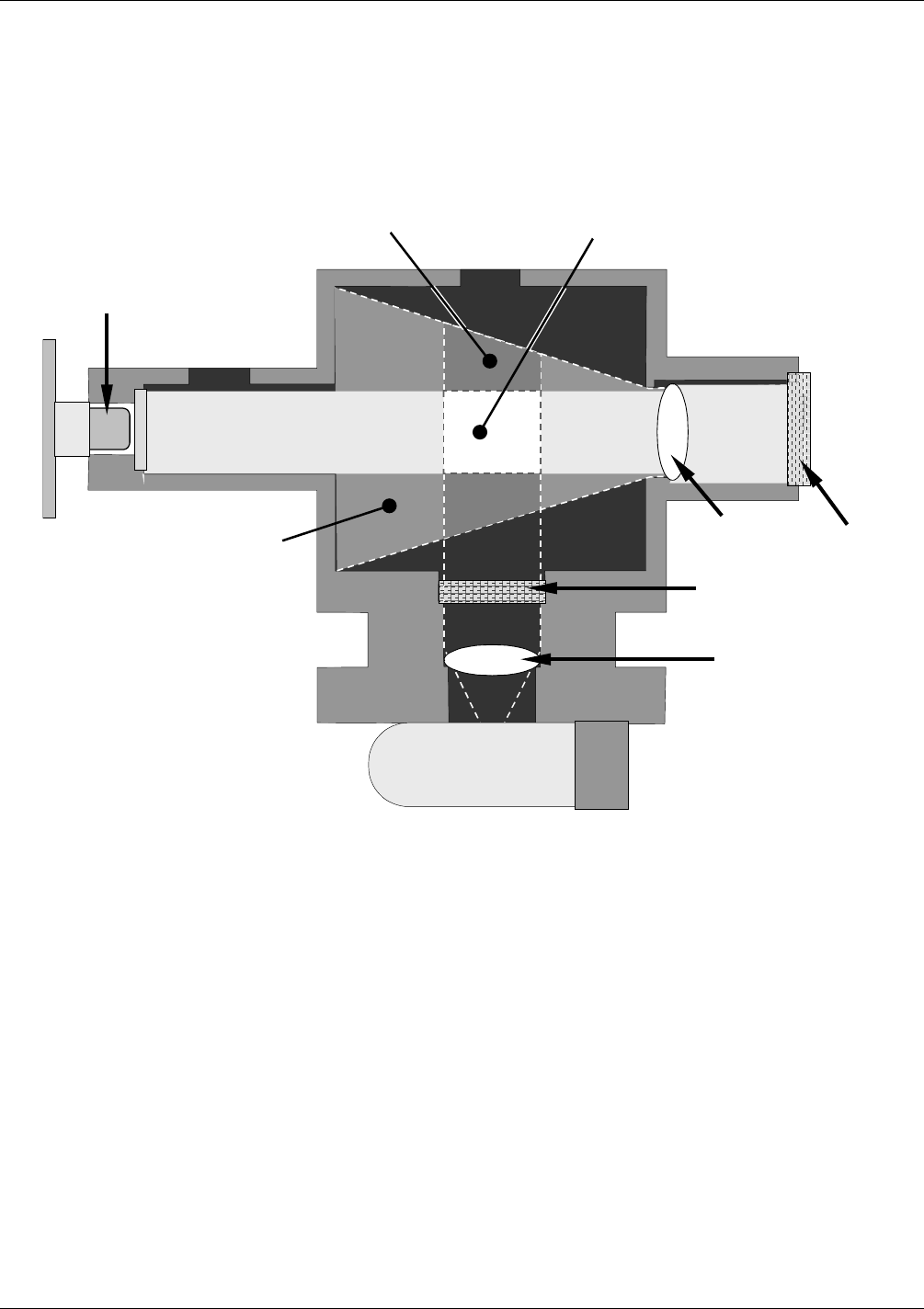
Theory Of Operation Teledyne API M100E Analyzer Operation Manual
226
11.2.6. OPTICAL LENSES
Two optical lenses are used to focus and optimize the path of light through the sample chamber.
214 nm
Filter
330 nm
Filter
UV Source
Lens
PMT Lens
Reference
Detector
If source UV is unfocused, PMT
receives fluorescence from area
outside Reference Detector’s view
PMT
When source UV is focused, PMT
and Reference Detector view
similar volume of SO
2
*
When source UV is focused,
Reference Detector most of
the emitted light
If source UV is unfocused,
R
eference Detector only sees a
small portion of emitted light
Figure 11-6: Effects of Focusing Source UV in Sample Chamber
A lens located between PMT and the sample chamber collects as much of the fluoresced UV created there as
possible and focuses it on the most sensitive part of the PMT’s photo cathode.
Another lens located between the excitation UV source lamp and the sample chamber collimates the light
emitted by the lamp into a steady, circular beam and focuses that beam directly onto the reference detector. This
allows the reference detector to accurately measure the effective intensity of the excitation UV by eliminating the
effect of flickering inherent in the plasma arc that generates the light.
Ensure that all of the light emitted by the source lamp, passes though the 214 nm filter and not absorbed by the
SO
2
reaches the reference detector. Conversely, this also makes sure that the volume of sample gas affected by
the excitation beam is similar to the volume of fluorescing SO
2
* being measured by the PMT, eliminating a
possible source of measurement offset.
04515F DCN6048




